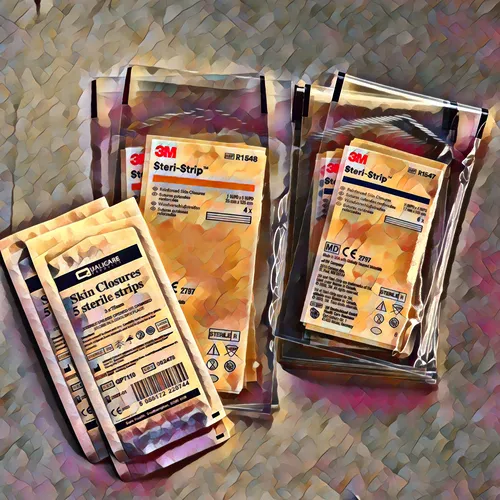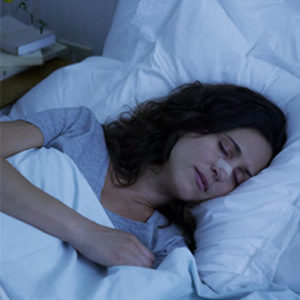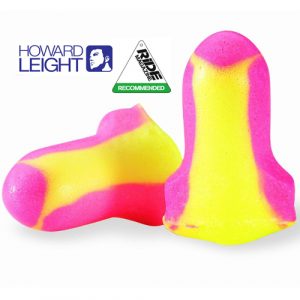How Do Wound Closure Strips Work?
Wound closure strips, also called Steri-Strips, are small adhesive bandages that can help close and heal minor cuts. While they can be a handy first aid tool, it’s important to use them correctly and seek medical treatment when necessary. This article will break down everything you need to know about wound closure strips.
When to Use Wound Closure Strips
Wound closure strips are most effective for:
- Small, straight cuts less than half an inch long
- Wounds not bleeding excessively – apply pressure with a sterile bandage for 5 minutes first
- Injuries without jagged or irregular edges
They adhere best on body parts that don’t move much. Areas like joints that bend frequently may cause the strips to detach prematurely.
Wound Closure Strip Sizes
Steri Strips from are available in the following sizes:
3M Steri-Strip Skin Closures 3 x 75 mm (R1540)
3M Steri-Strip Skin Closures 6 x 75 mm (R1541)
3M Steri-Strip Skin Closures 6 x 38 mm (R1542)
3M Steri-Strip Skin Closures 6 x 100 mm (R1546)
3M Steri-Strip Skin Closures 12 x 100 mm (R1547)
Steps for Proper Application
Applying wound closure strips takes some care. Follow these steps:
First, thoroughly wash your hands for at least 20 seconds. Use disposable gloves if available. Next, rinse the wound under running water to remove any dirt or debris. Gently pat the area dry with a clean towel or tissues.
With clean hands, pinch the wound closed. Place the sticky ends of the strip over the cut, holding it together. Apply additional strips if needed, spacing them about 3mm apart. You can use bandages to further secure the strips if desired.
Caring for the Wound Properly
Once applied, proper care is crucial:
- Keep the wound clean and dry for at least 24 hours
- Check for signs of infection like swelling or pus
- Use scissors to trim any loose edges on the strips
- Don’t scratch or peel the strips off
- Avoid getting the area wet so the strips stay adhered
Reapply new strips if any fall off before the wound has closed. Otherwise, let them detach naturally as the injury heals.
Safe Removal When Healing is Complete
When the wound has fully closed, you can remove the strips:
First, soak the strips with water to loosen the adhesive. Gently peel each one off individually. Finally, wash the area with mild soap and pat dry.
Removing wound closure strips yourself is only recommended once the injury has completely healed over.
Seeking Medical Treatment
While wound closure strips can help heal minor cuts, more serious injuries require medical attention. Go to your doctor or hospital if:
- The wound is from a dirty or rusty object
- It is too large or deep for strips to close
- You have increased pain or bleeding
- You can’t fully remove debris from the cut
Even after applying strips, watch for signs of infection and worsening pain. Treating wounds improperly can lead to complications. When in doubt, seek professional medical care.
Wound closure strips are convenient for minor first aid. But knowing when and how to use them correctly is important. With this quick guide, you’ll be prepared next time you or a loved one suffers a minor laceration. Stay safe and seek help when needed. Proper wound care promotes fast healing and prevents complications down the road.
Photo “Wound Closure” by Anthony Cunningham for Zoom Health
Zoom Health is a leading UK supplier of Home Health Tests and Earplugs





